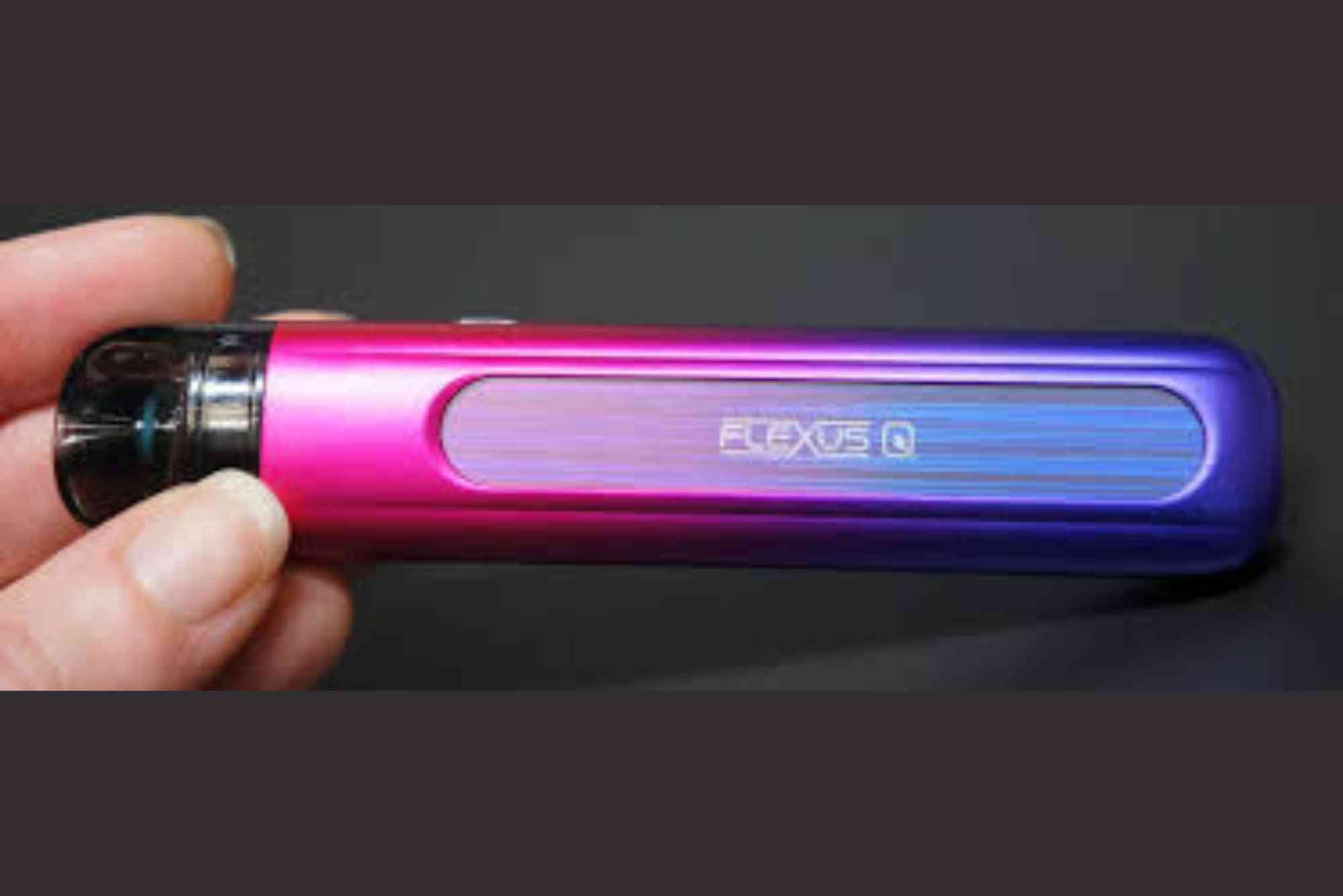Proper storage of hosiery items before final packaging is critical to preserving product quality, maintaining hygiene standards, and avoiding costly delays in distribution. This stage is especially vital for businesses in South Punjab—including Multan, Bahawalpur, Rahim Yar Khan, and Lodhran—where textile production is booming and export potential is growing under government-backed programs like STZA and Ignite.
Whether you manufacture socks, leggings, stockings, or tights, ensuring your hosiery items are stored in controlled, contamination-free environments before they are sent for hosiery packaging will make or break your final product appeal and compliance.
This article offers clear, actionable guidance on hosiery storage best practices, aligned with international standards and customized for Pakistani textile exporters aiming to compete globally.
Why Proper Storage Before Packaging Matters
Quick Answer: To protect hosiery from contamination, deformation, and moisture damage before it reaches the end customer.
Hosiery fabrics—usually cotton, nylon, spandex, or wool blends—are delicate, prone to wrinkles, and easily affected by humidity and dust. Poor storage can lead to:
Yellowing or discoloration
Molding and odor development
Elastic degradation
Product rejection by quality assurance (QA) teams
🧠 Case Study: In Bahawalpur, a hosiery unit reported a 17% product rejection rate in Q1 2024 due to improper pre-packaging storage, later reduced to under 5% after implementing ventilation and racking systems.
Ideal Temperature and Humidity for Hosiery Storage
Quick Answer: Store hosiery between 18°C–24°C and 45–60% relative humidity to prevent fabric damage.
Temperature and humidity play a vital role in hosiery preservation. Pakistan’s climate, particularly in South Punjab, presents challenges such as monsoon-season moisture spikes and dry winter conditions.
Best Practices:
Use dehumidifiers during humid months (June–August)
Avoid direct sunlight exposure
Monitor air circulation with exhaust fans or air curtains
Use hygrometers to track humidity in storage rooms
📍Regional Tip: A socks factory in Rahim Yar Khan installed solar-powered ventilation units to stabilize temperature swings, especially helpful during power outages.
Hygiene Standards in Hosiery Storage
Quick Answer: Keep storage areas sanitized, pest-free, and compliant with ISO 9001 or buyer-specific hygiene audits.
Cleanliness is especially important for hosiery exports bound for Western markets. Lint, bacteria, or visible dust can lead to product rejections or customer complaints.
Hygiene Protocols:
Use clean, lint-free bins or shelving (avoid metal prone to rust)
Cover stored hosiery with breathable fabric or paper—not plastic
Conduct weekly cleaning and quarterly deep sanitization
Separate clean and soiled product areas
💬 Expert Quote:
“Textile startups must understand that hygiene compliance isn’t optional—it’s a brand differentiator in the global supply chain.”
— CEO, Ignite Pakistan, 2024 Exporters’ Forum
FIFO and Inventory Rotation for Hosiery
Quick Answer: Implement FIFO (First In, First Out) systems to reduce stock aging and preserve fabric elasticity.
Hosiery items stored too long before packaging can lose their shape, attract insects, or become outdated in design. FIFO ensures older batches are packaged and shipped first.
Tips for Inventory Rotation:
Color-code storage batches by week or production cycle
Use barcoded labels for digital tracking
Conduct weekly checks to monitor shelf life
Rotate inventory every 15–30 days for seasonal collections
📈 Example from Multan: A leggings manufacturer reduced spoilage losses by 23% after digitizing FIFO through an ERP integration funded by STZA’s Smart Textile Initiative.
Racking and Layout Systems for Hosiery
Quick Answer: Use vertical racking, sealed bins, and sectioned zones to optimize space and protect items.
Efficient use of space is crucial in small-to-mid-size factories common in cities like Vehari and Mian Channu. Instead of stacking hosiery items on floors or cardboard boxes, structured racking reduces compression and contamination.
Recommended Storage Solutions:
Wall-mounted racks for packaged vs. unpackaged socks
Covered plastic crates for tights and leggings
Labeled drawers or mobile trolleys for seasonal collections
Separate zones for pre-wash and post-wash items
🧠 Tip: Use stackable bins with breathable mesh lids to reduce mildew during humid months.
Hosiery Storage in Bulk Production Environments
Quick Answer: Bulk operations require climate zoning, real-time inventory systems, and pallet-based storage.
Large factories producing over 10,000 pieces per week—especially in Faisalabad and Sahiwal—must create workflows where storage aligns with packaging speed, minimizing bottlenecks and contamination risk.
Bulk Storage Best Practices:
Climate-controlled warehouses with power backup
Mobile shelving that moves products closer to packaging stations
RFID tags for faster batch retrieval
Bulk inventory software synced with production line output
📍 STZA Highlight: Through its Textile Logistics Pilot Program, STZA supported 3 factories in Lodhran with smart shelving tech, improving retrieval efficiency by 34%.
Hosiery Packaging Preparation Stages
Quick Answer: Sort, inspect, and fold hosiery before it moves to the packaging line.
Before packaging begins, hosiery must be manually or automatically prepped to ensure uniformity and readiness. This step ensures fewer errors, reduces repackaging, and improves efficiency.
Stages to Follow:
Sorting by size, color, and style
Visual inspection for stains or deformities
Steam or heat treatment to remove wrinkles
Folding or rolling based on packaging type
🎯 Example: A brand in Bahawalnagar introduced UV sanitization during pre-packaging, enhancing product appeal for their UAE clients.
Midpoint Anchor Text Placement
When it comes to combining optimal storage with sustainable final packaging, Buddy Packaging offers specialized hosiery packaging solutions for manufacturers across Pakistan. Their systems are tailored for high-volume and climate-sensitive regions like South Punjab, ensuring both product integrity and export compliance.
Worker Training and SOPs in Hosiery Storage
Quick Answer: Trained staff and clear SOPs ensure consistent storage and reduce human error.
Even the best storage systems fail without skilled staff. Training workers to follow protocols—from lifting to labeling—minimizes damage and maintains hygiene.
Training Essentials:
Handling with gloves to avoid body oil transfer
SOP checklists posted at storage zones
Regular audits and retraining sessions
Emergency response for flooding, mold, or pests
🧠 Pro Tip: Develop bilingual SOPs (Urdu and English) to cover both workers and quality auditors.
People Also Ask
Q1: Why is storage important before hosiery packaging?
It protects fabric quality, prevents wrinkles, and avoids contamination before final packing.
Q2: What temperature should hosiery be stored at?
Between 18–24°C with 45–60% humidity to maintain elasticity and prevent mold.
Q3: Can hosiery be stored in plastic bins?
Yes, but only if they are breathable or used with anti-moisture packs.
Q4: How do I prevent pests in hosiery storage?
Sanitize weekly, use sealed bins, and install pest-repelling UV lights or diffusers.
Q5: How should I label my stored hosiery batches?
Use color codes, date labels, or barcoded stickers to manage inventory rotation.
Q6: What kind of racks are good for storing socks?
Metal or plastic vertical racks with padded or coated surfaces to avoid snagging.
Q7: Does STZA support textile storage improvements?
Yes. Through STZA’s South Punjab initiatives, smart storage solutions and training are subsidized for eligible textile SMEs.
Final Thoughts
In my years consulting with textile firms across Multan, Mailsi, and Rahim Yar Khan, I’ve found that the companies succeeding with international buyers aren’t just innovating packaging—they’re optimizing every stage, including storage.
Before a single tag is attached or a product is wrapped, proper hosiery storage protects brand integrity, improves quality assurance, and ensures faster turnaround. Thanks to Pakistan’s evolving support system—from Ignite’s R&D clusters to STZA’s smart warehousing pilots—businesses in South Punjab now have access to the tools needed for world-class pre-packaging practices.
If your packaging is excellent but your storage is flawed, you risk losing everything in transit or QC rejection. But with the right training, systems, and partner solutions like Buddy Packaging, your hosiery products are ready to compete anywhere—from Karachi to Copenhagen.










